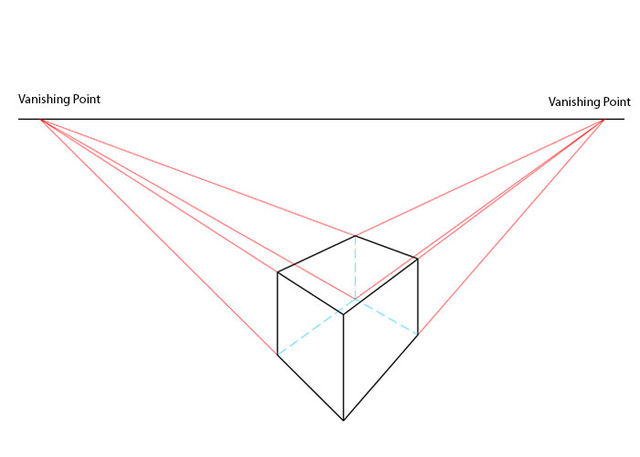Anamorphosis is a distorted projection that requires the viewer to occupy a specific vantage point, use special devices, or both to view a recognizable image. It is used in painting, photography, sculpture and installation, toys, and film special effects. The word is derived from the Greek prefix ana-, meaning "back" or "again", and the word morphe, meaning "shape" or "form". Extreme anamorphosis has been used by artists to disguise caricatures, erotic and scatological scenes, and other furtive images from a casual spectator, while revealing an undistorted image to the knowledgeable viewer.
Example of mirror anamorphosis
Two anamorphic drawings by Leonardo da Vinci, 1515
Holbein's The Ambassadors with a memento mori anamorph skull in the foreground, 1533
Viewed from the correct oblique angle, the diagonal in The Ambassadors transforms into an undistorted memento mori.
Linear or point-projection perspective is one of two types of graphical projection perspective in the graphic arts; the other is parallel projection. Linear perspective is an approximate representation, generally on a flat surface, of an image as it is seen by the eye. Perspective drawing is useful for representing a three-dimensional scene in a two-dimensional medium, like paper.
Perspective (graphical)
Staircase in six-point perspective
A cube drawing using two-point perspective
Chauvet cave, spatially effective grading of a group of animals through overlap (c. 31.000 BC)








